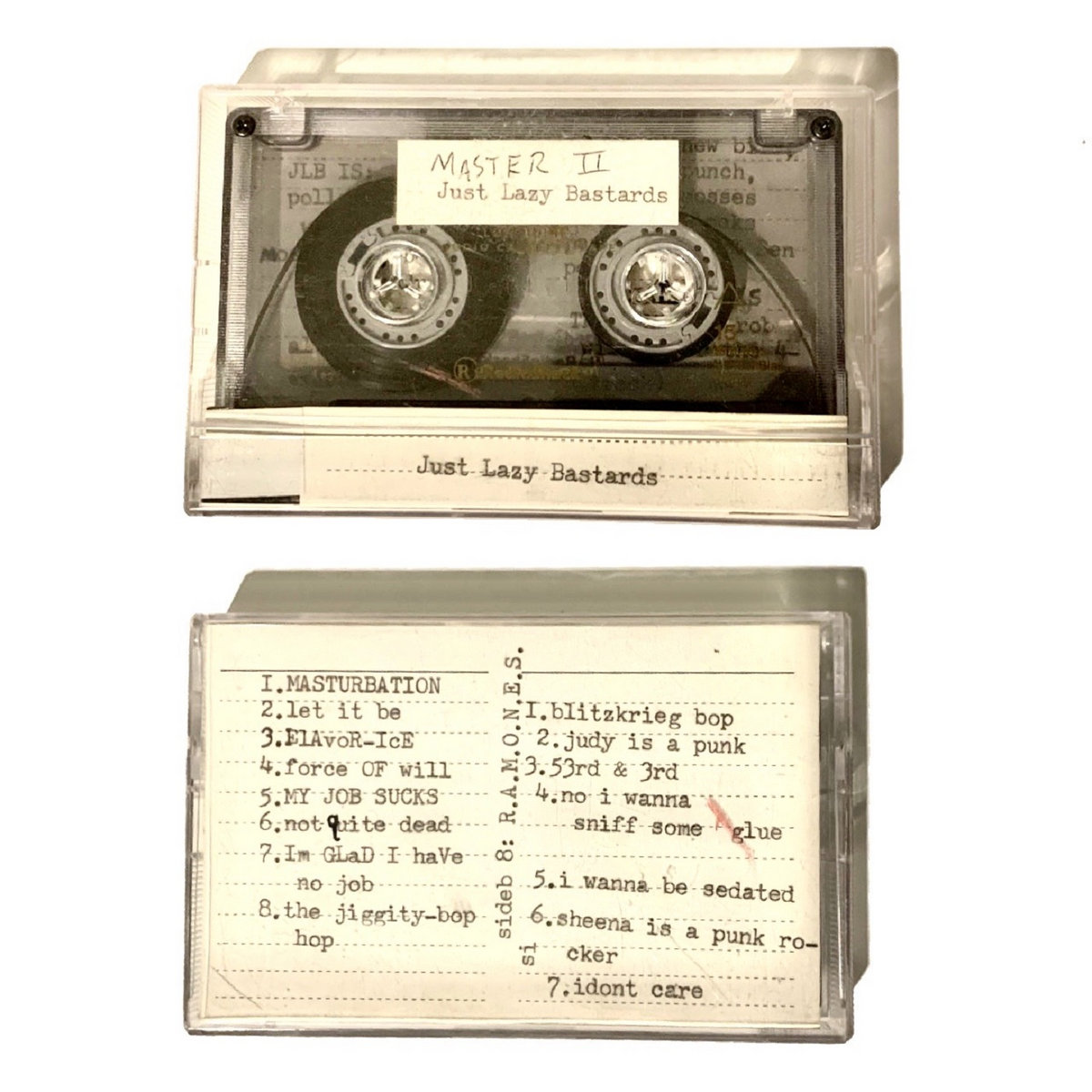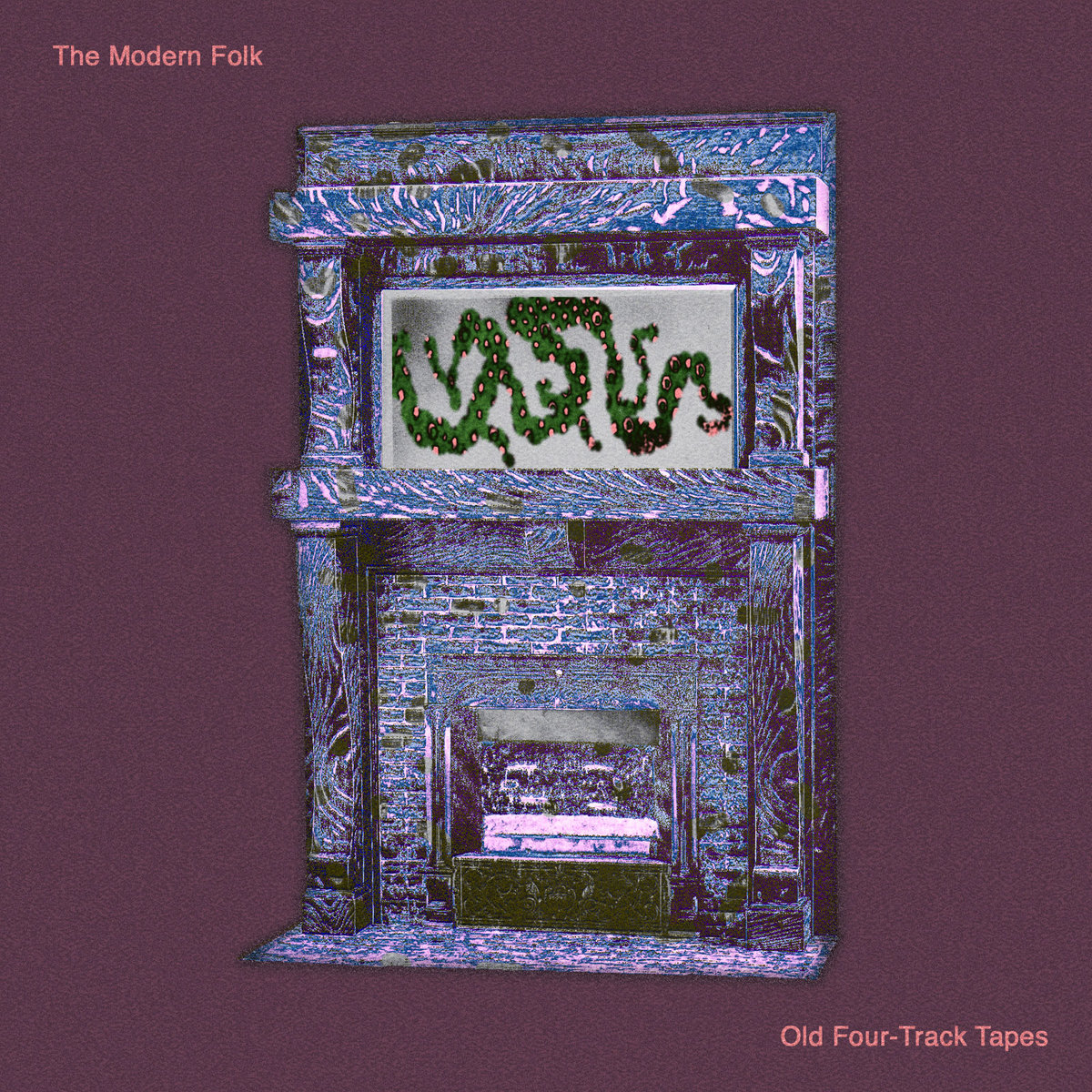What The Modern Folk Means
My friends and I started our first band sophomore year of high school, playing Ramones songs in a room above one of our parent's garage. About a year later, we drove from Harrisonburg, VA to Norfolk, VA to take my boarding school classmate Rob up on his offer of an old Tascam Portastudio and some weed. This road trip ended up having a number of terrifying detours, both geographic and psychedelic - we made it back to the garage with the Portastudio, but not the weed. I recorded our demo and when I mixed it down and held the cassette in my hand, I knew that this was something I was going to keep doing for the rest of my life. We had created a piece of my favorite type of art, and the feeling of that power was addictive.

As my friends and I grew up and kept playing music together in various styles and configurations, my love of this practice deepened while the gaps between our other responsibilities became increasingly shallow. Every time we managed to track another recording, the result was something I cherished. While I'm not sure any of us ever labored under the illusion that making music would be a career, I was saddled with the fact that for me it was a compulsion - but the demands of life were making it harder and harder to accomplish as a traditional band. It started to become a solo endeavor. I set up my microphones, laptop and tape machines in the corner of whatever rented room, apartment or hotel I happened to be living in. If the walls were thin, I plucked and whispered, if I had the chance, I turned up, screamed and banged together whatever loud things I could find. Around this time, the music publishing website Bandcamp appeared, which gave me a place to put these things I had been making so that others, however few, might see them. Without the collective identity provided by a band, though, I wasn't sure what all this music was.

The work of Alan Lomax has been an inspiration to me since before I knew who he was - "The Folk Songs of North America", his Library of Congress field recordings, and his status as a guiding light for Harry Smith's Anthology of American Folk Music (a constant companion) were things I found out about later. I first felt his touch as kid listening to Bob Dylan imitate his subjects, or to Woody Guthrie albums I didn't even know he recorded. Even in my first attempts to learn musical instruments, I had some vague sense that I wanted to be a link in this chain. Absorbing the diversity of sounds that Alan Lomax captured over the course of his career, vernacular sounds from all over the world that through his ethnomusicological lens were seen as important cultural works, I realized that what united these Folk musicians was not sound, style or subject matter, but circumstance. Folk music is music made by folks, in the gaps between the obligations of a typical life. This made me feel that because of my circumstances, I was indeed a link in the chain - whether I was singing "Nine Pound Hammer" or making synthesizer music, and whether or not I had an audience or a band, had nothing to do with it. Folk.

The era of technology and global communication we find ourselves in has downsides so numerous and obvious it's boring to mention, much less enumerate them - but it is a facilitator of Folk Music. It allows those of us who must relegate their artistic practice to the spaces between the other demands of life make the most of those spaces. An album and its artwork can be produced and widely distributed with nothing but a cell phone. Artists can collaborate with no regard for geography. Anyone can do this - and my idea is that they should. We all could and would still make music without these ubiquitous tools that enable our reach, scope, and abilities to produce and collaborate - but in our modern circumstance, folks have the power to document themselves, bypassing the Alan Lomax figures that were so necessary in the past to extract the art and music from the free spaces in our lives. Modern.
Thank you for reading, thank you for listening to the Modern Folk
Original album art for "Old Four-Track Tapes" by C Foster-Baril